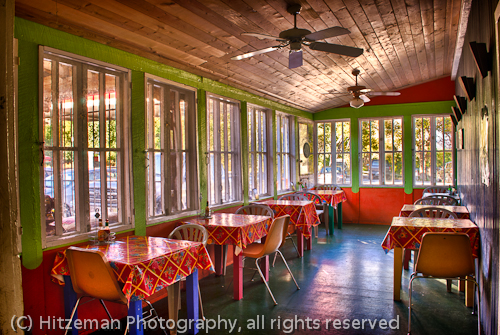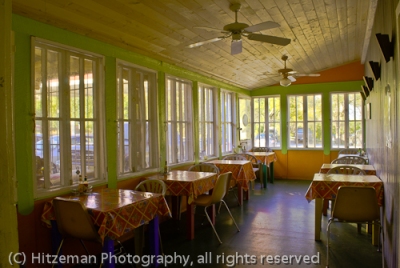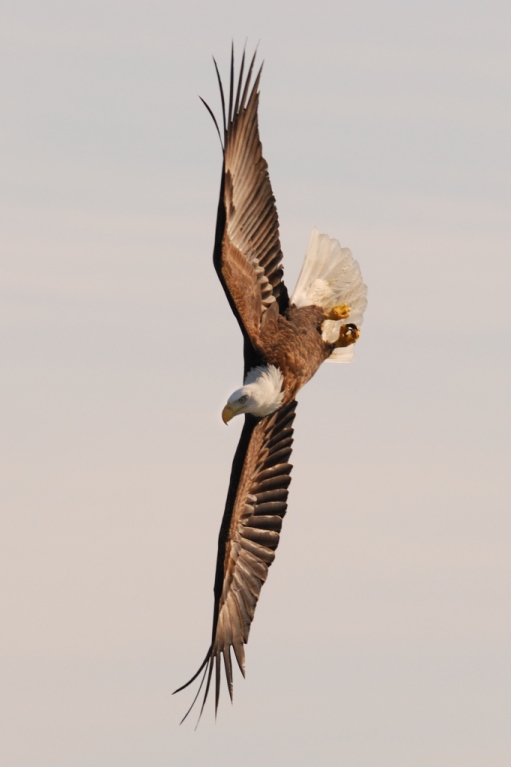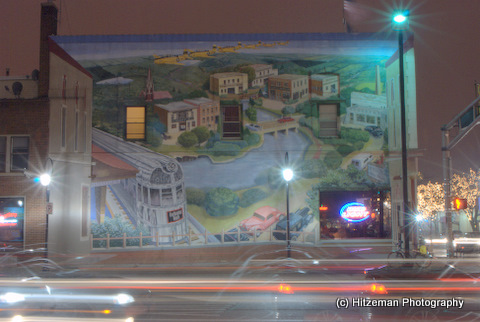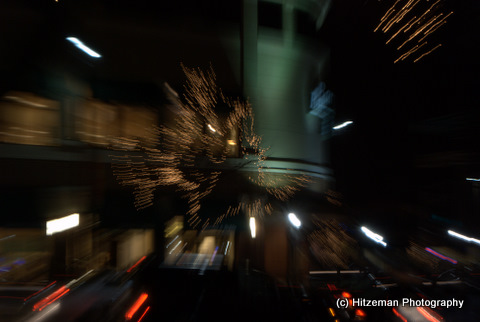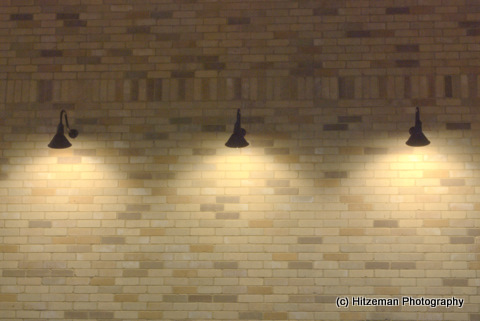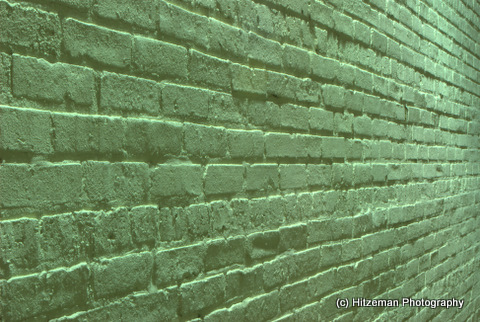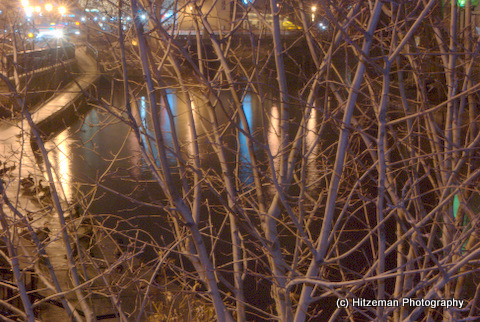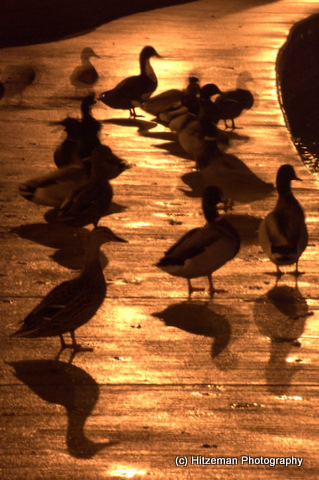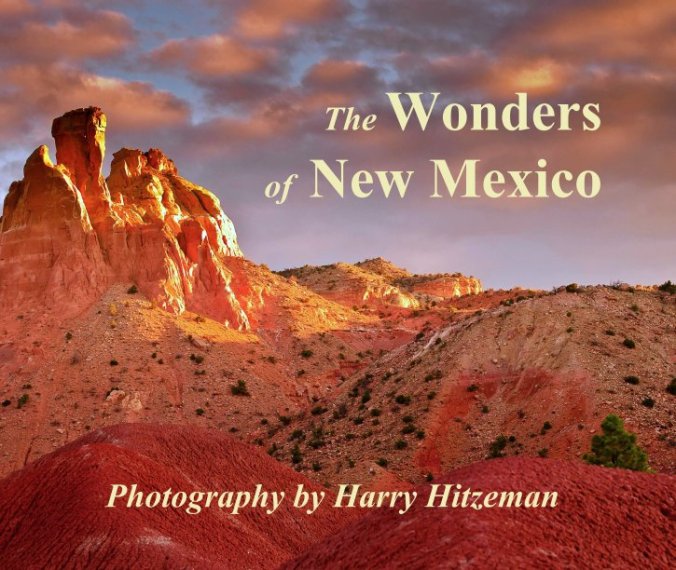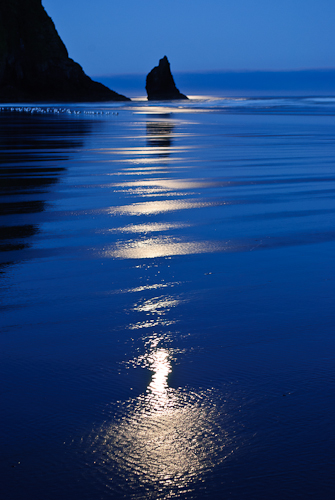
“Moonlight Beach”, Moonlight reflections on Cannon Beach, Oregon
As a landscape photographer, I track the date of the next full moon in the hopes of getting it into a photographic composition. If the clouds cooperate, seeing the moon low on the horizon is always a thrill and it can add dramatic interest to a photograph. I have learned that the shot does not have to be taken on exactly the day of the full moon. It can be taken a few days earlier or a few days later and still be what I’m looking for.
I created a mnemonic device to help me remember when to shoot: B-E-A-M.
It stands for
- BEFORE the full moon date, shoot in the EVENING toward the east.
On the days leading up to the full moon date — the BEFORE days — the moon is full-looking and bright and low in the eastern sky right around sunset — in the EVENING — and for a few minutes the sky will be a muted pastel blue, with possible orange sunset light illuminating clouds or objects in the landscape below the moon. - AFTER the full moon date, shoot in the MORNING toward the west.
On the days after the full moon date — the AFTER days — the moon is full-looking and bright and low in the western sky right around sunrise, in the MORNING, and there the sky will be a muted pastel blue, with possible orange, pink, or yellow sunrise light illuminating clouds or objects in the landscape below the moon.
Either occasion makes a nice tonal composition without the extremes of a too bright moon and a too dark sky.

“Moon Moment”, Moonset near Millenium Park Tower
B-E-A-M
Before Evening, After Morning
Now it’s easy for me to remember whether I need to get up early or stay out late.
Good luck on shooting the moon!
